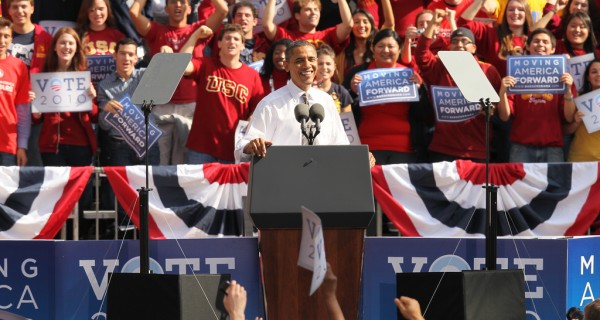 Harald Moe, author of Party Marketing claims that his new book is ‘the world’s easiest marketing tool’. Quite a boastful claim! However, his simple, common-sensical approach might justify such claim.
Harald Moe, author of Party Marketing claims that his new book is ‘the world’s easiest marketing tool’. Quite a boastful claim! However, his simple, common-sensical approach might justify such claim.
Using the analogy of the party Moe offers a clear system to create a focussed approach throughout the company so that customers will come back for more.
The ‘Party Marketing Model’, a ten-step coherent strategy, aims to get businesses more focussed. It encourages everyone – from receptionist to MD – to feel part of the business, and be clear about their role & how it fits into the overall strategy.
The book is written in the form of a dialogue between Nick, a young and ambitious salesman tasked with organizing his company’s Annual Event, and his uncle Gus, a successful creative.
Gus explains to Nick his ‘Party Marketing Model’ to create a once-in-a-lifetime event. Nick organizes the party which is a great success (Part 1). In Part 2, Gus explains why the principles used to set up the event are behind every successful business. Party Marketing concludes summarizing the key tenets of Gus’ Model.
Step 1 of the Party Marketing Model is the ‘theme’ – every party needs a good theme. The same goes for business; there must be a ‘business vision’, the unifying thread which helps all employees understand what is required from them and why.
Step 3 looks at what is competing with the Party (and what makes the guests turn up). Companies too must have a good understanding of the competition and their customers’ needs. Who meets these needs best? They are the winner.
The last step in uncle Gus’ Party Model is the ‘Moment of Truth’; will the guests say, ‘I hope I’m invited again?’ Likewise, will customers say, ‘I will use this company again?’ Businesses must set targets and measure results against them. Such targets must be monitored to fulfill changing needs. This takes us back to the first step, the party’s theme. If all employees work towards the same goals, the end-result will be much more powerful and will exceed customers’ expectations.
Using the metaphor of the Party, Party Marketing helps readers to easily understand the key principles for competitive advantage. After all, we’ve all thrown a good bash at some stage! By creating a company where all departments act in sync and complement each other, the business’ impact – and the business’ ability to surprise its customers – will increase tenfold.
About the author: Harald Moe has worked in senior marketing and sales positions for over 30 years. Today, Harald is a consultant specializing in the retail and food industries. Some of the major brands Harald has worked with include Coca Cola; GB Glace (Unilever); Arla Foods (producer of dairy brands Cravendale, Lurpak and Anchor); Menigo Foodservice (Sweden); Fijitsu; and Microsoft.
He also acted as a consultant to Locomotiv Action Marketing, an ad agency that specialises in action marketing. Harald’s brief was to help the new business set up and turn its vision into a successful reality. Lennart Grahn is a copywriter for several large ad agencies.
|

